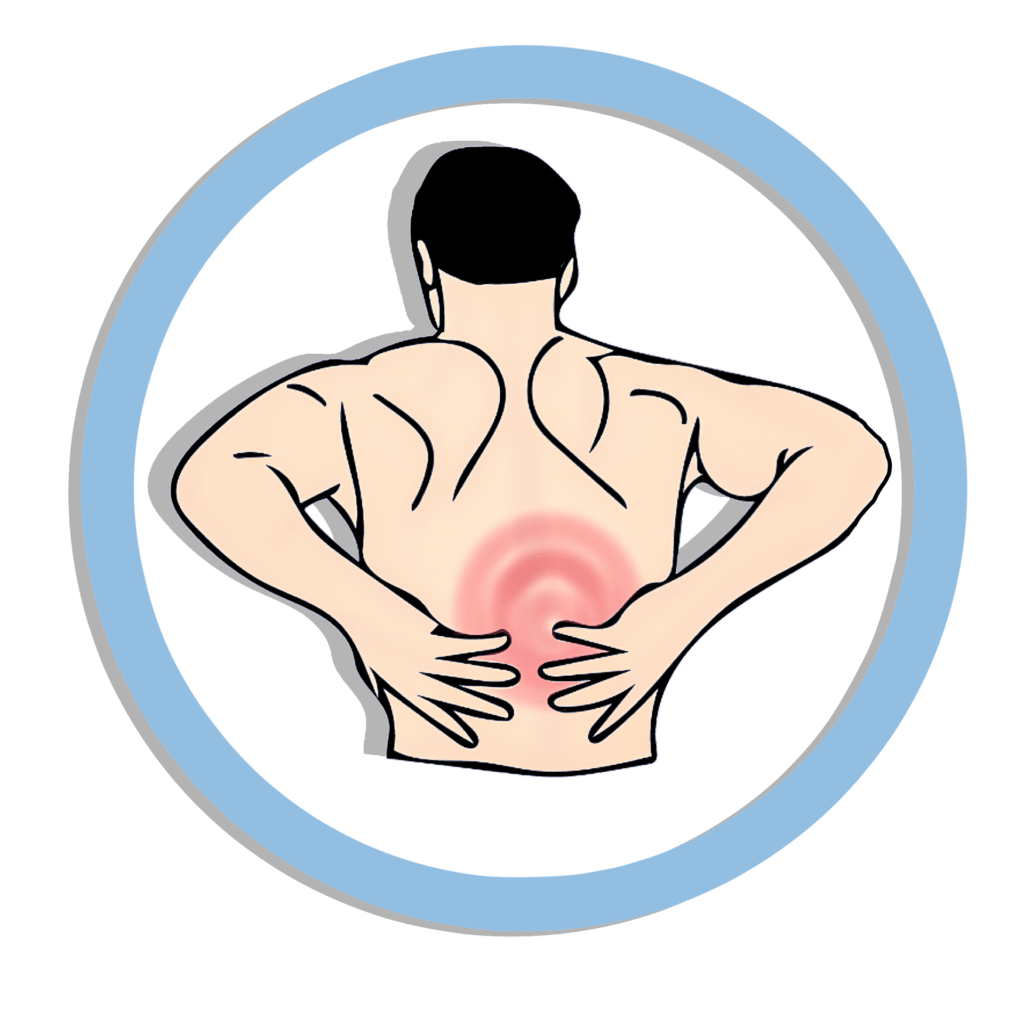Pain Basics 2: Pain is not always related to damage
(yes, you read that correctly!)
By the way, if you missed the first installment “Pain Basics 1: Pain is an Alarm System”, it can be found here:
When we experience pain, our natural tendency is to think that there must be a particular structure of our body that has been damaged, but this is not always the case. Have you ever stepped on a piece of lego? It’s every parents nightmare. It sure hurts a lot, but I don’t know anybody who has ever had major damage to their foot because they stepped on lego. Have you ever experienced a paper cut? They are so irritating, but very rarely require medical attention.
When we have an acute injury, particularly through some sort of specific incident or event eg. rolling an ankle when playing netball, then there’s more likelihood that the pain does indeed relate to damage to structures of the ankle. In this case, our bodies have some very good protective mechanisms. One of these mechanisms is inflammation. Inflammation causes blood and nutrients to flow to the area to clean up the damaged tissue and start to lay down strong, new tissue. Inflammation is a fantastic process. But part of that protective process involves pain, so that we stay off that area for just a little bit to allow this healing to take place.

But sometimes pain remains for much longer than the time that it takes for the tissue to heal and recover, and this is where pain sometimes becomes tricky. Remember, pain is an alarm system, designed to warn us about actual or even potential tissue damage. But sometimes this alarm system does too good of a job of trying to protect us. Somebody once said “the tissues heal but the nervous system remembers.” In this case, the pain may be more about the alarm system becoming over-sensitive than having tissue damage. This by no stretch of the imagination means that your pain isn’t real, it just means that the pain which you are experiencing may be because your brain has gone into over-protection mode.
One of our roles as physiotherapists is to help you figure out if your pain is related to tissue damage. Many people come in to our clinic with imaging results eg. from xray, ultrasound or MRI scans. The challenge with interpreting imaging results is that we know that by the age of 30 or so, we’ll start to find age related joint and soft tissue changes on imaging scans, so this means that many of the “findings” may have been there well before you started experiencing your pain (and will likely be there after your pain settles down). There is not always a good correlation between your imaging findings and your pain.
Pain can be tricky, but our physios at Ahead Physiotherapy are trained to help you to make more sense of your pain and will guide you back to the things that you love.
